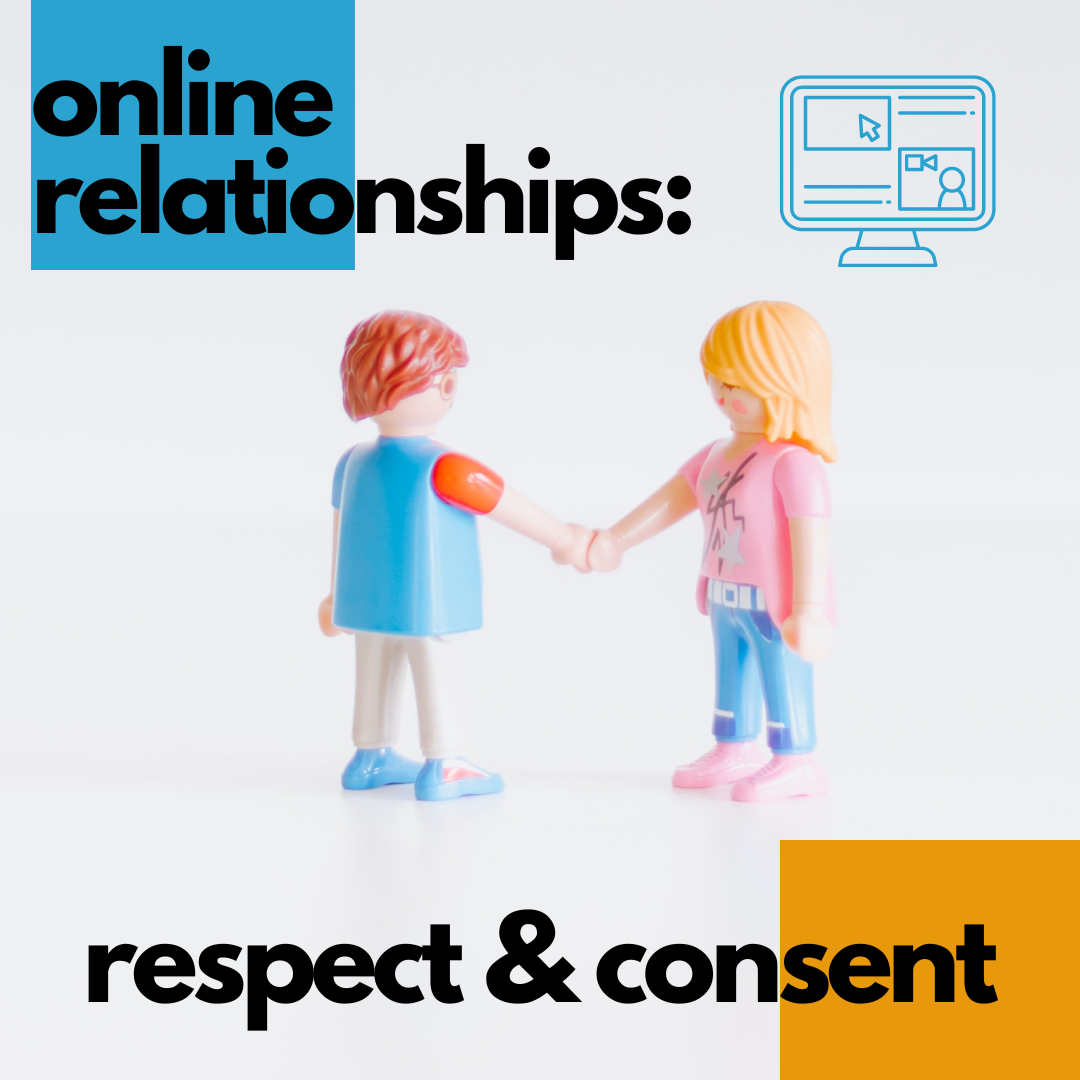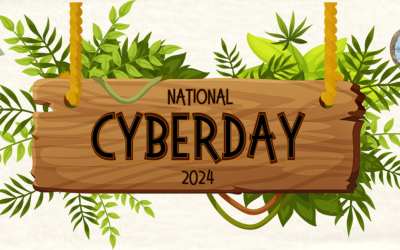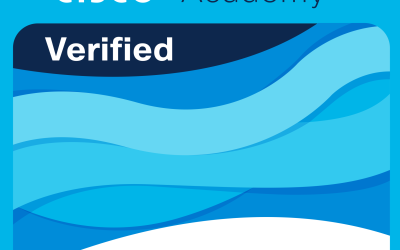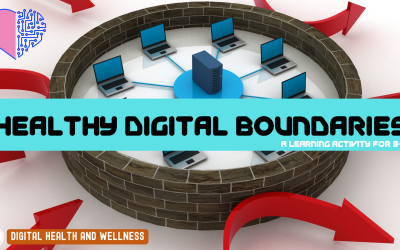Overview
In this lesson, students use mind maps to explore concepts of “respect” and “consent” in an online context. They consider a wide range of scenarios that shed light on different aspects of consent relating to digital media and draw on those to create a detailed definition. Finally, students create an “explainer” video in which they illustrate one of the aspects of consent.
NB Curricular Outcomes
Personal Wellness 9
- Strand: Wellness – Big Idea: Healthy Lifestyle
What you will need
- “Online Relationship: Respect and Consent” PDF kit – Online Relationships: Respect and Consent | MediaSmarts
- Photocopy the following handouts available in the PDF kit:
• Online Respect Scenarios
• Consent is…
• Know Your Rights!
• Exploring Consent: Assignment Sheet - OPTIONAL: Prepare to show the video Tea Consent found in the PDF kit.
Instructions
- Write on the board: : “Treat other people the way you would want them to treat you” and
“To understand someone, walk a mile in their shoes.” ” Ask students what they think they mean in terms of treating people with respect. See where this discussion goes! - Talk about Treat other people with respect actually means that we all want to be treated with respect, but to respect people we sometimes have to understand how they’re different from us.
- Start a mind map by writing “respect” on the board or you can use MindMup, Coggle or MindMeister (websites in PDF file).
- Ask: What does the word “respect” mean for them? What are the behaviours they associate with respecting people or being respected? Fill out the mind map with their answers.
- Distribute the handout Online Respect Scenarios and have students read through them and answer the questions. (Draw on the backgrounder Online Respect Scenarios: Teacher’s Version in guiding the discussion.)
- Start a new mind map. Fill in the mind map with “consent online” at the centre. What does consent mean for students in an online context or when using digital technology? What are
examples of granting, withholding or abusing consent in different contexts (games, social networks, photos, etc.)? - Distribute the handout Consent is… and divide the class into seven groups. Each group will try to identify an aspect of the definition of consent based on one of the scenarios from two to seven (have them skip scenario one for now).
- have them propose their aspect of the definition to the rest of the class and discuss it. (Use
the backgrounder Consent is…: Teacher’s Version to help guide the discussion.) - Now distribute the handouts Know Your Rights! and Exploring Consent: Assignment Sheet.
- Optional: you can show the video Tea Consent as an example of how to illustrate a concept relating to consent.
- Have students create videos in the style of Common Craft videos (samples can be found in links inside the PDF kit as well as online editing tools for students!). They will have to create short skits or videos that explore and explain one of the aspects of consent from the Consent is… exercise
- Extension Activity: Show the videos to other classes or the school communities and have your students lead discussions about consent.
- Download the resource package for complete instructions and guiding discussion questions.
NB Global Competencies
- Collaboration: English
- Communication: English
- Critical thinking and Problem-solving: English
- Innovation, creativity, and Entrepreneurship: English
- Self Awareness and Self-management: English
Acknowledgements
Thank you to MediaSmarts. MediaSmarts has been developing digital and media literacy programs and resources for Canadian homes, schools and communities since 1996. Through our work we support adults with information and tools so they can help children and teens develop the critical thinking skills they need for interacting with the media they love.






